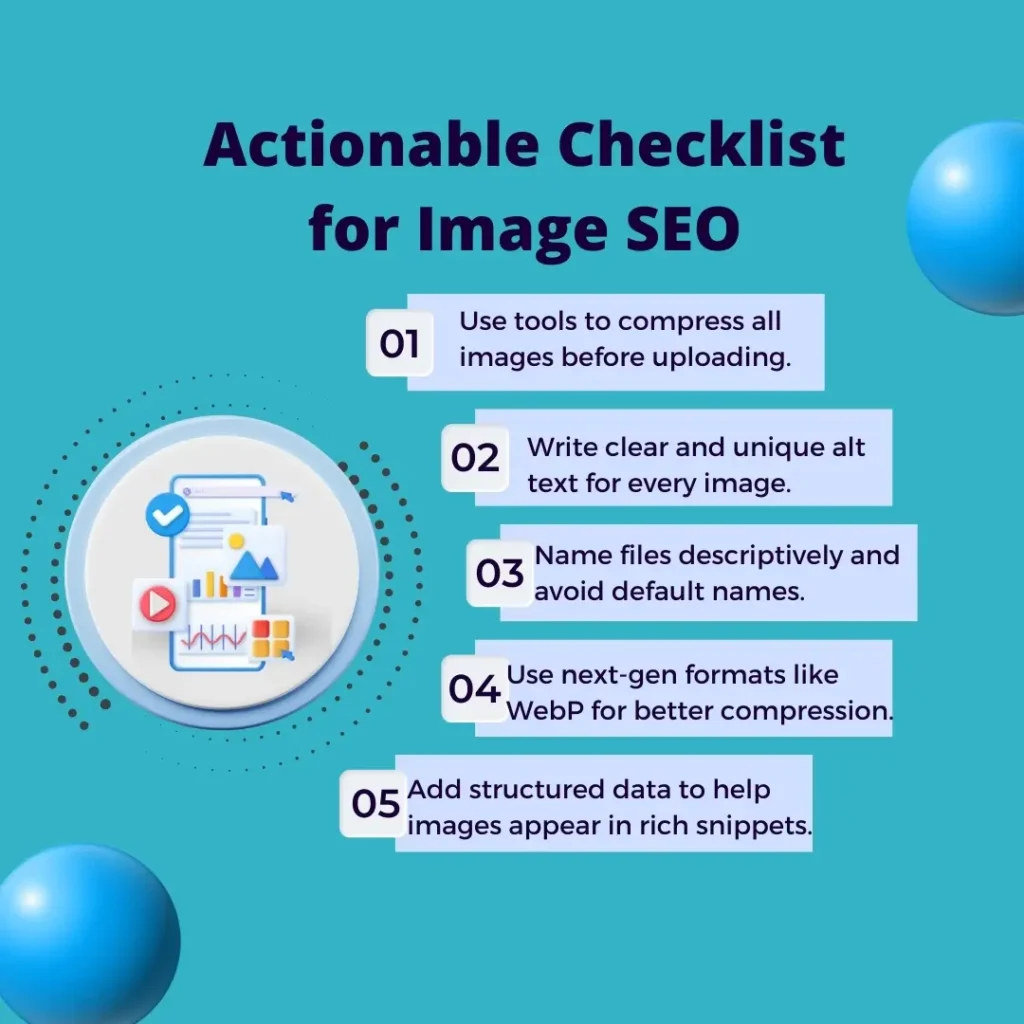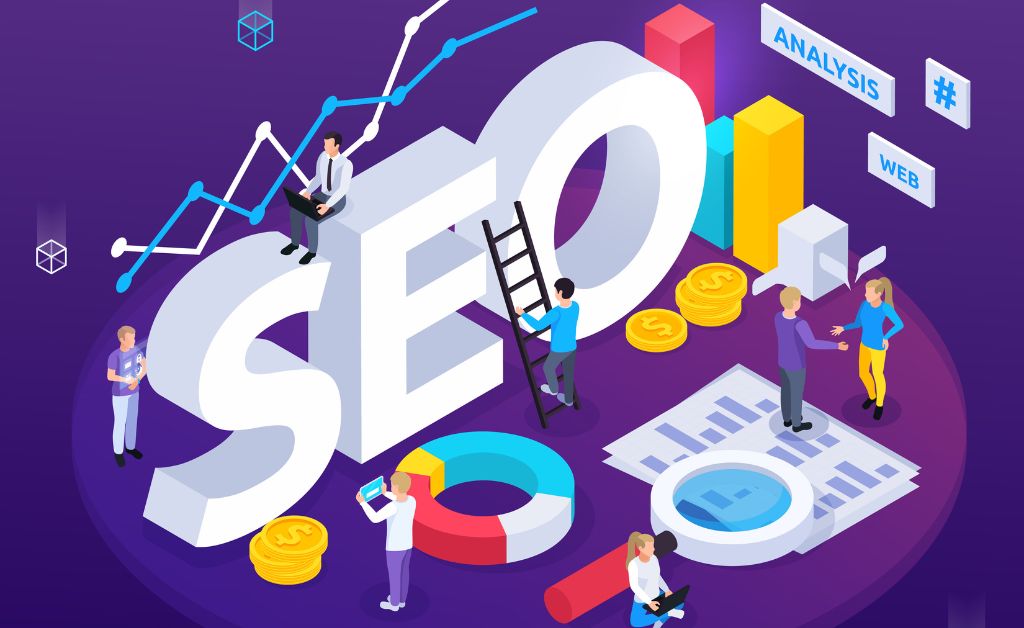Introduction
In today’s visually driven online world, optimizing your images isn’t just an option; it’s a necessity. Image SEO plays a crucial role in enhancing your website’s performance, user experience, and search engine rankings. This guide dives into actionable strategies to make your images SEO-friendly and maximize their impact on search visibility.
What is Image SEO?
Image SEO is the process of optimizing images to make them accessible to search engines and users. From adding descriptive alt text to compressing file sizes, each step contributes to improving your site’s speed, user engagement, and overall search engine ranking.

Key Factors of Image Optimization
1. Alt Text Optimization
Alt text describes your image to search engines and improves accessibility for visually impaired users.
- Tip: Use concise, descriptive language.
- Example: Replace “image123.jpg” with “a close-up of a blooming sunflower.”
2. Image File Names
Descriptive file names help search engines understand your content better.
- Good Practice: Rename files to reflect the content, e.g., “red-rose-garden.jpg” instead of “DSC0001.jpg.”
3. Image Compression and File Size
Large images slow down your website, affecting both user experience and SEO rankings.
- Tools to Use: TinyPNG, ShortPixel.
For a detailed comparison of tools and extensions that can improve your digital marketing workflow, check out our guide on the best Chrome extensions for marketers.
4. Choosing the Right File Format
- Use JPEG for photos, PNG for transparent backgrounds, and WebP for a balance between quality and compression.
Understanding the difference between SEO and local SEO can also inform your image strategy, as explained in our article on SEO vs Local SEO.
5. Structured Data for Images
Structured data enhances your images’ visibility in rich results.
- Snippet: Include schema markup for products, recipes, or articles.
Advanced Techniques for Image SEO
1. Image Sitemaps
- Why It Matters: Helps search engines discover all images on your website.
- How to Implement: Use tools like Screaming Frog or manually create a sitemap.
2. Responsive Images
Ensure images adapt to various screen sizes for better user experience.
3. Lazy Loading
Lazy loading delays loading images until they are visible on the user’s screen, reducing initial load times.
- Implementation Tip: Use the “loading=”lazy”” attribute in your image tags.
Common Mistakes to Avoid
- Using generic file names (e.g., “image123.jpg”).
- Not compressing images before uploading.
- Missing or irrelevant alt text.
- Ignoring the importance of next-gen formats like WebP.
Conclusion
Image SEO is a powerful tool for improving your website’s performance and visibility. By following these strategies, you can enhance user experience, speed up your site, and achieve better rankings on Google. Start optimizing your images today and reap the benefits of improved search visibility.

